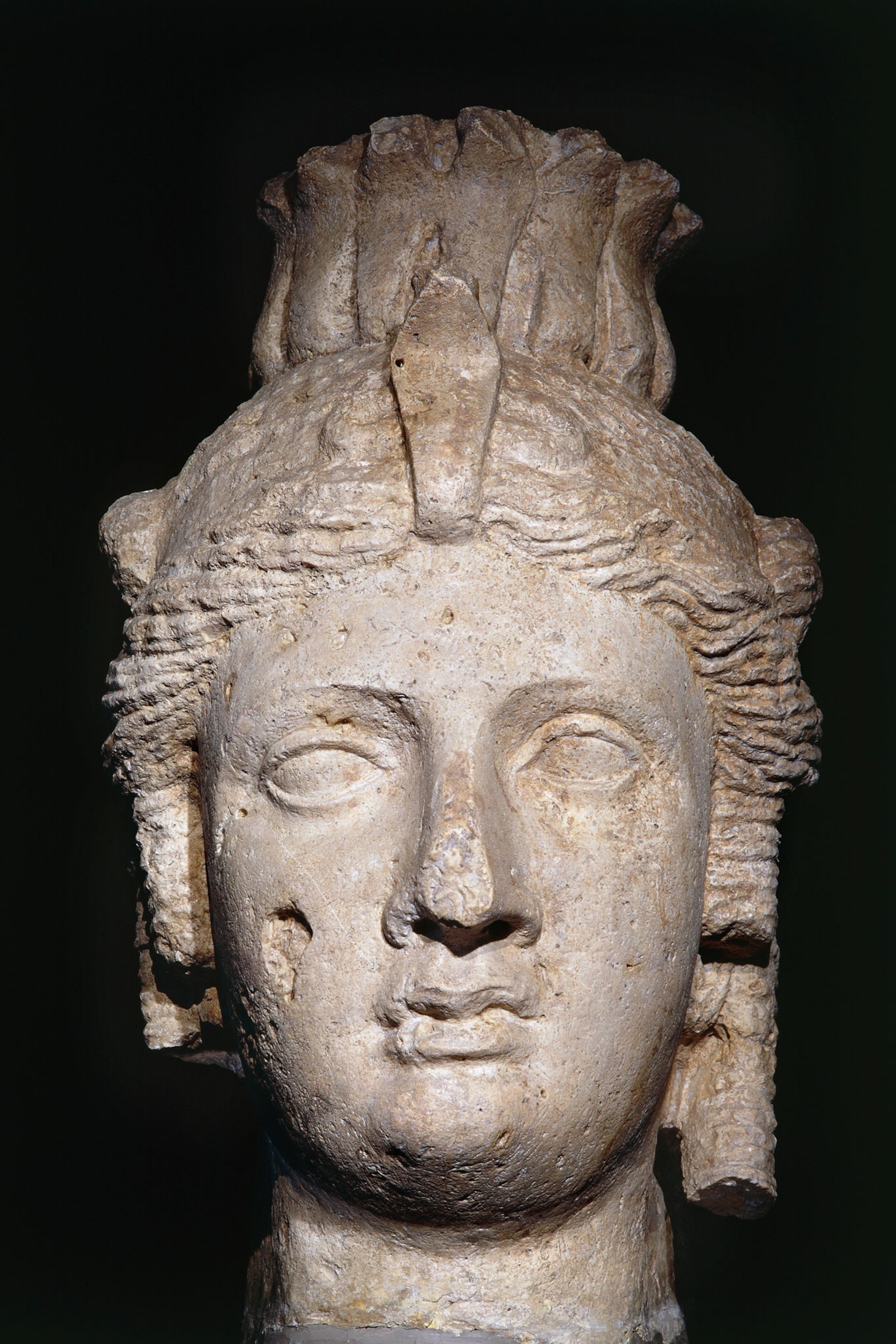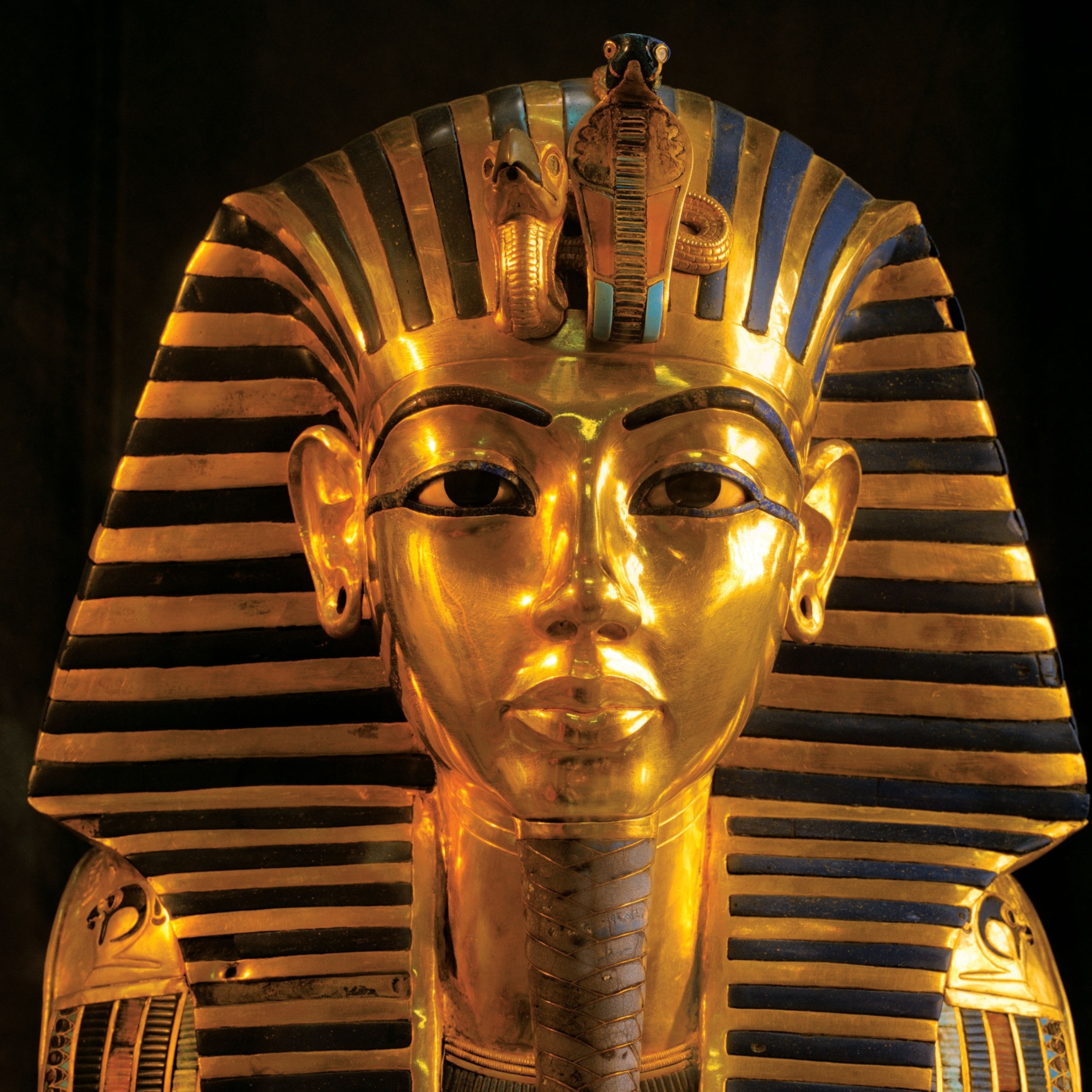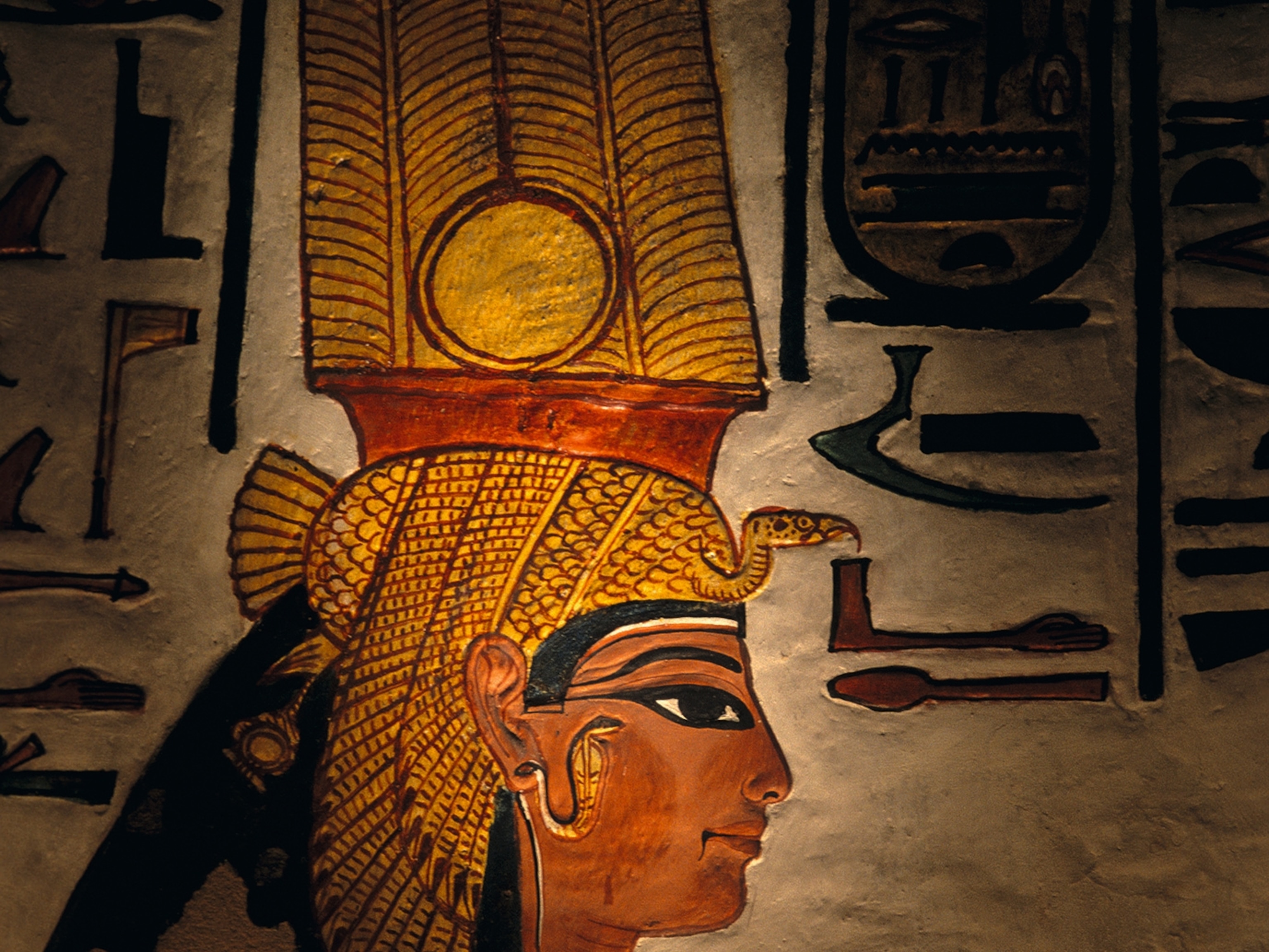A woman has yet to be elected to the highest office in the United States, but 3,000 years ago in ancient Egypt it wasn’t unusual for women to rule—and some became all powerful, like Cleopatra and Nefertiti. Yet as Kara Cooney explains in her new book, When Women Ruled the World: Six Queens of Egypt, those women were ultimately only placeholders for the next male to take the pharaoh’s throne.
When National Geographic caught up with Cooney by phone in Los Angeles, she explained why Hatshepsut was so perfect; how Cleopatra grew up in a family that makes the Sopranos seem like lambs; and what these women symbolize for their society—and ours.
Let’s start with one of the last, but most famous, Egyptian queens: Cleopatra. You say, “She combined brilliant leadership with a productive womb.” Tell us about the Ptolemaic dynasty, and how Cleopatra used those two qualities to rule.
That’s a giant question so, as the academics say, let me unpack it. Growing up as a Ptolemy must have been a PTSD-inducing experience. Every Ptolemy son or daughter had their own entourage, their treasuries, their own sources of power and also shared power, but within a very exclusive system of siblings.
And killed each other …

And killed each other with impunity and regularity. My favorite Ptolemaic story is Cleopatra II, who was married to her brother. They got in a massive argument and the brother was killed. Then she married another brother. Her daughter, Cleopatra III, then ended up overthrowing her mother and taking up with her uncle, Cleopatra II’s brother, kicking the mother out into exile. The uncle then sent her (Cleopatra II) a package containing her own son, cut up into little bits, as a birthday present. Then they all get back together for political reasons. [laughs ironically]
Cleopatra is probably the only woman in our story who uses her reproductive abilities like a man, to create a legacy. The other women are either ruling on behalf of a younger child or they’re ruling because there is no male offspring and are stepping in during years when they couldn’t produce any children. Cleopatra used her productive womb to have children with two Roman warlords. She had one child with Julius Caesar, three children with Mark Antony—twins, no less—and she survived it. She then carefully placed each child in charge of a different part of her growing Eastern Empire, in competition with the Western Roman Empire. If it weren’t for the boneheaded decisions made by Antony, the Roman warlord she was partnered with, we would maybe talk about her and her legacy differently.
She has come down to us as a great beauty, but we have to assume that she was partially a product of incest. And incest did not make people beautiful. I am thinking of Charles II’s giant head, how he needed special pillows and couldn’t chew. Cleopatra’s coinage doesn’t show her as a great beauty. What is written about her talks, rather, of her wit, conversation, and intelligence. Whatever it was that drew these Roman warlords to her, she used it. She used personal connections better than any of the other women in our story.
Let’s go back to another legendary queen. You say, “More than any other Egyptian queen, it is Nefertiti who represents the epitome of true, successful female power.” Introduce us to this remarkable woman—and explain how she saved Egypt at a critical moment in its history.
Nefertiti is the trickiest of our women to talk about because she is only just now being discovered by Egyptologists for what she was. That is, a leader of her people. We have thus far only discussed her as a beauty, as evidenced by the bust in Berlin’s Neues Museum. But when she became a political leader she changed her identity. She had herself renamed and was no longer depicted in that feminine way.
When I say that Nefertiti was the most successful of our feminine leaders what I mean is that she cleaned up the mess that the men before her had made. She used her feminine emotionality to do so. She wasn’t interested in her own ambition. She didn’t even claim it in a way historians can talk about her as having been in power. She hid all the evidence of herself having taken power.
Egyptologists still fiercely debate whether she became co-king at all, and certainly whether she became sole king. If she did, she had to erase her feminine identity of beauty and allurability. That, right there, speaks volumes about what political power is—and what it does to a woman.
Why do you think that, while the U.S. still seems to have an aversion to powerful women leaders, the ancient Egyptians accepted—and even welcomed—them?
The United States is no exception. Most of the world has an aversion to powerful female leaders. I would also caution anybody who believes that they’re more enlightened because they have had female leaders of state. The places where female leaders were elected are parliamentary systems where you have no direct election, one person, one vote. You elect your parliamentary representative and they then elect your prime minister. You see that in Britain or India, and other places around the world, that when a female is elected, there is no direct, organic vote.
What made the ancient Egyptians different?
Number one: My book is a tragedy. [laughs] I’m not here to write revisionist history. I am here to say it the way I see it. These women in ancient Egypt were serving a patriarchy, in a context of social inequality. They were stepping in to support their husbands, brothers, or sons. The reason Egypt had women rulers again and again is because Egypt was very risk-averse and wanted a divine kingship to survive no matter what. The Egyptians knew that women ruled differently, that they weren’t warlords or rapists, they weren’t going to throttle you in the night. Not that they’re not capable of murder. But fewer women commit violent crimes today and we should assume that it was the same in the ancient world.
One of your favorite Egyptian queens is clearly the (almost unpronounceable) Hatshepsut. Why do you especially admire this woman?
She left Egypt better than she found it! She put Egypt and her dynasty onto a secure footing and created the next king, Thutmose III, who ended up being the Napoleon of Egypt, enlarging its empire beyond anything it had ever seen. She was very canny in how she used ideology to set herself up with unassailable power. She told her people: “The God has chosen me, it’s not my own ambition, it’s not my own wish but my father, the God Amon-Re has spoken to me and told me that I must do this.”
The reason I’m so drawn to Hatshepsut is because she did everything so perfectly, which is something that is idealized. Success is very fungible. It’s something that someone else can claim and take credit for. Her name can easily be removed from a set of reliefs showing her building obelisks or sending expeditions to the land of Punt, and another name put in her place.
Failure, on the other hand, is not abstract. [laughs] It involves suicide with asps or naval battles where everything goes horribly wrong. It’s something that is very individualized. Thus, we remember Cleopatra. Shakespeare wrote a play about her. But Hatshepsut we must resurrect from the ashes of history and investigate why female success is so easily ignored, while female failure is so beautifully aggrandized.
You stress that, though these women were allowed to rule, their power “was a short-term illusion.” They were usually erased from the historical record, too, weren’t they? Why was that?
The women were placeholders for a much larger scheme of power that is dependent on masculinity. They were there to make sure the next male in line could step into the power circle. Simple biology helps us understand that it’s harder for a woman to be at the center of the circle. She can only have one, maybe two children a year. Whereas, a man can produce hundreds of children, without all the hormonal changes and the vulnerability it produces. So, she is there at a moment of crisis to protect the patriarchy when something goes wrong with the succession from man to man. As soon as it can go back to the patriarchal system, she is removed. Five of the six women in this book were called King. But that doesn’t mean that they won’t be erased a few generations later when it’s expedient for the men to remove them from the story, and claim that success outright for themselves.
Bring it home for us, Kara, by talking about the legacy of these fabulously rich and powerful women. Do they hold lessons for us today?
Number one: We need to understand that if racism is something that is inherent to our biology, then sexism could be as well. Until we start to verbalize and discuss what form that takes, we will not be able to transcend it.
Number two: What we think of as the greatest problem in a female, her emotionality, that ability to cry or feel someone else’s pain, could be the only thing that gets us through the 21st century intact. It is that emotionality that causes women to commit less violent acts, not want to wage war and be more nuanced in their decision-making. It is what pulls the hand away from the red button rather than slamming the fist down upon it. These women ruled in a way that kept the men around them safe and ensured their dynasties continued.
These women are whispering to me from the past that we need to do things differently. The thing that pulls me to them the strongest is their protectiveness; their ability to work with others; their interest in nuance; trying to build bridges rather than burn them. That it’s not all about masculine aggression and economic growth. If these women can tell us anything, it’s to look to the future rather than the short-term solutions; and look to our children and grandchildren.
This interview was edited for length and clarity.
Simon Worrall is a frequent contributor to National Geographic, both the print magazine and online. His most recent book, The Very White of Love, is a novel set in World War II. Follow him on Twitter or at simonworrallauthor.com.











